Importance of Cut-Resistant Tungsten Wire in Machining
- Details
- Category: Tungsten Information
- Published on Tuesday, 08 April 2025 19:32
- Written by Zhenghua
- Hits: 201
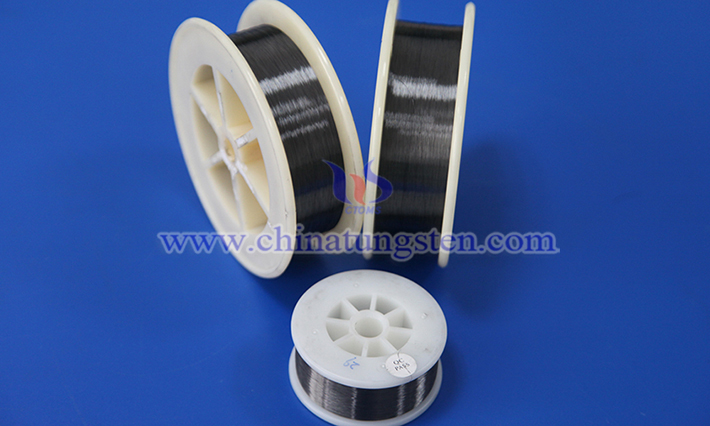
Tungsten wire plays a critical role in machining due to its unique properties, making it the material of choice for high-precision and challenging tasks. Below is a detailed analysis of its importance:
Read more: Importance of Cut-Resistant Tungsten Wire in Machining
The Role of Cut-Resistant Tungsten Wire Protective Gloves
- Details
- Category: Tungsten Information
- Published on Tuesday, 08 April 2025 19:28
- Written by Zhenghua
- Hits: 203
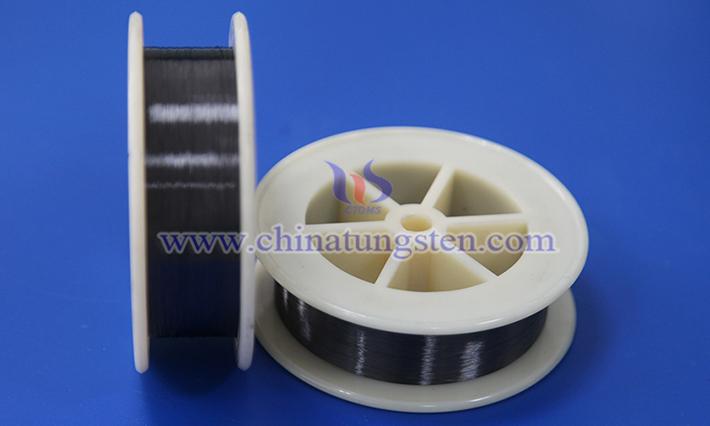
The role of cut-resistant tungsten wire protective gloves is primarily reflected in their exceptional protective performance and wide range of application scenarios, as detailed below:
Read more: The Role of Cut-Resistant Tungsten Wire Protective Gloves
Advantages of Cut-Resistant Tungsten Wire Protective Gloves
- Details
- Category: Tungsten Information
- Published on Tuesday, 08 April 2025 19:19
- Written by Zhenghua
- Hits: 202
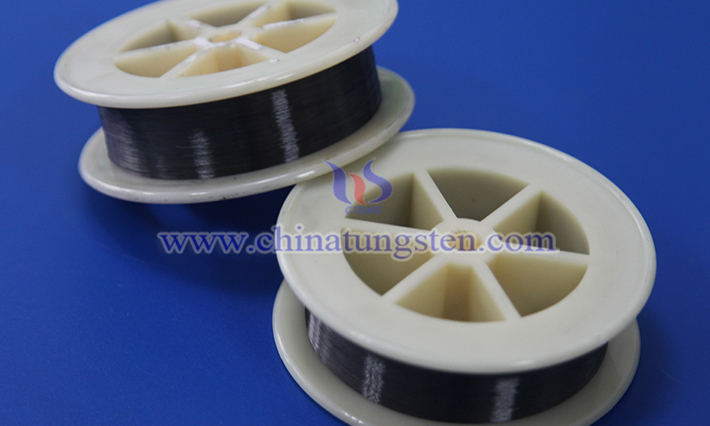
Cut-resistant tungsten wire protective gloves are a kind of hand protection equipment that combines high-strength materials and advanced textile technology. They are widely used in high-risk fields such as industry, manufacturing, and construction. Its core advantages are mainly reflected in the following aspects:
Read more: Advantages of Cut-Resistant Tungsten Wire Protective Gloves
Basic Principles of Cut-Resistant Tungsten Wire Protective Gloves
- Details
- Category: Tungsten Information
- Published on Tuesday, 08 April 2025 19:23
- Written by Zhenghua
- Hits: 210
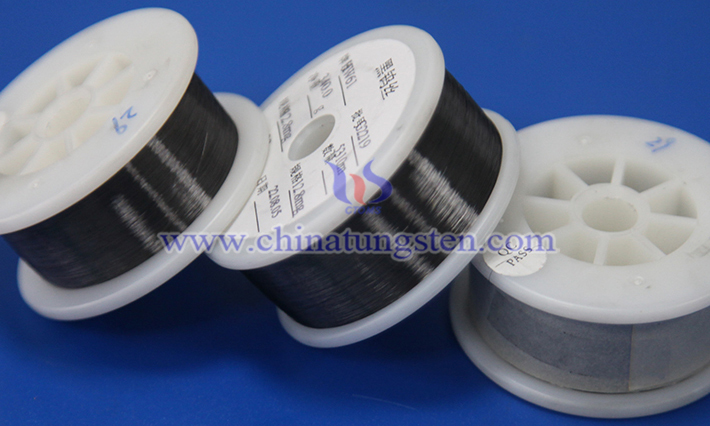
Cut-resistant tungsten wire protective gloves provide high-efficiency anti-cutting protection for hands by combining high-hardness materials, composite structure design and energy dispersion mechanism. The following is an analysis of its basic principles:
Read more: Basic Principles of Cut-Resistant Tungsten Wire Protective Gloves
Application of Cut-Resistant Tungsten Wire Protective Gloves
- Details
- Category: Tungsten Information
- Published on Tuesday, 08 April 2025 19:12
- Written by Zhenghua
- Hits: 211
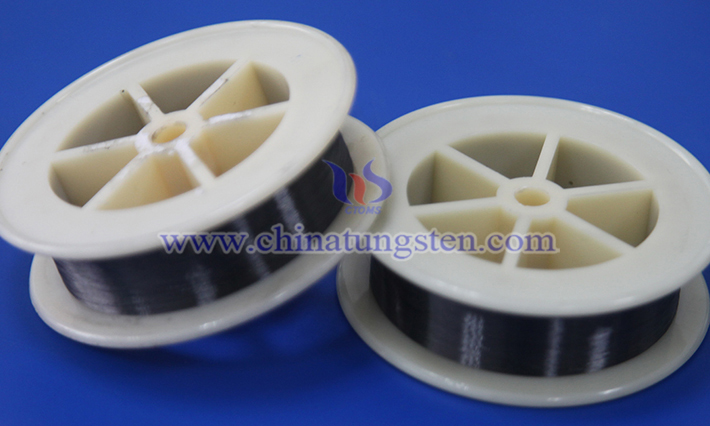
Cut-resistant tungsten wire protective gloves are a high-performance protective equipment, mainly used in scenes where hands need to be protected in high-risk environments. With tungsten wire as the core material and combined with advanced textile technology, this glove has extremely high cut resistance while taking into account flexibility and comfort.
Read more: Application of Cut-Resistant Tungsten Wire Protective Gloves





 sales@chinatungsten.com
sales@chinatungsten.com